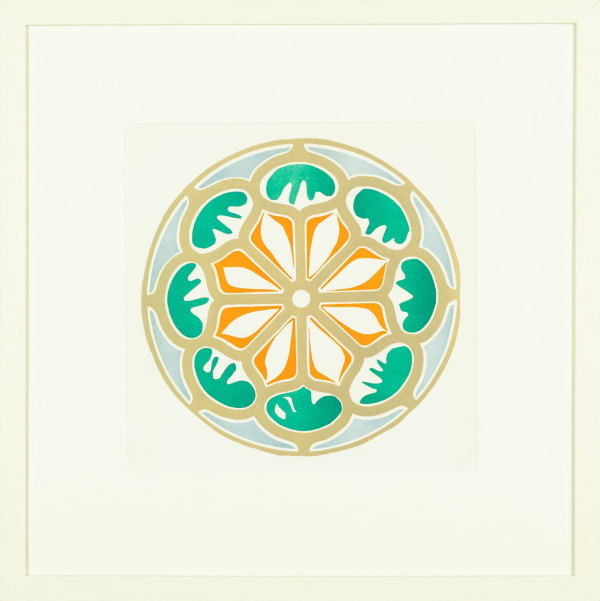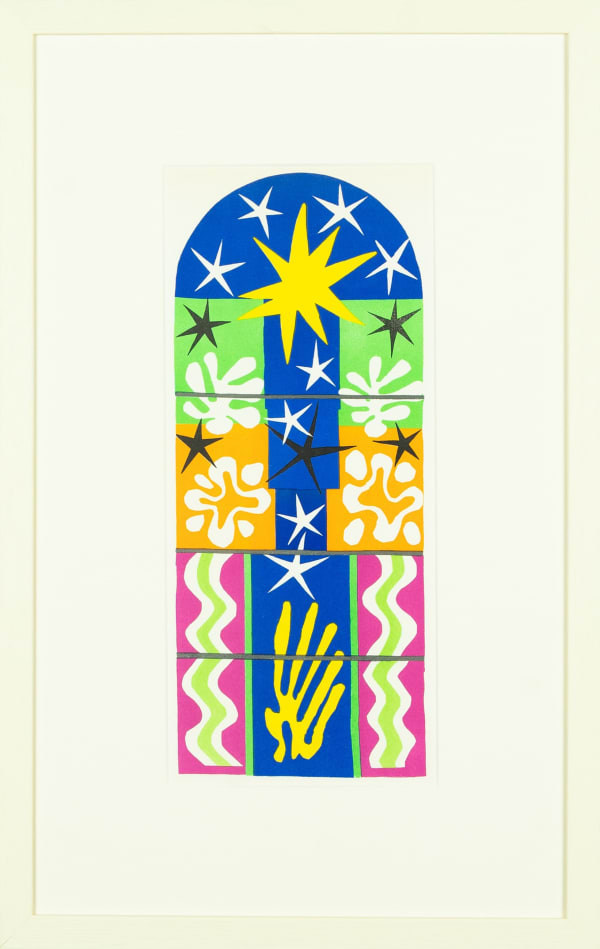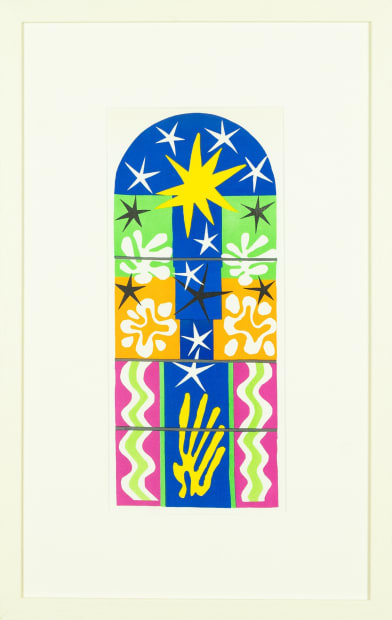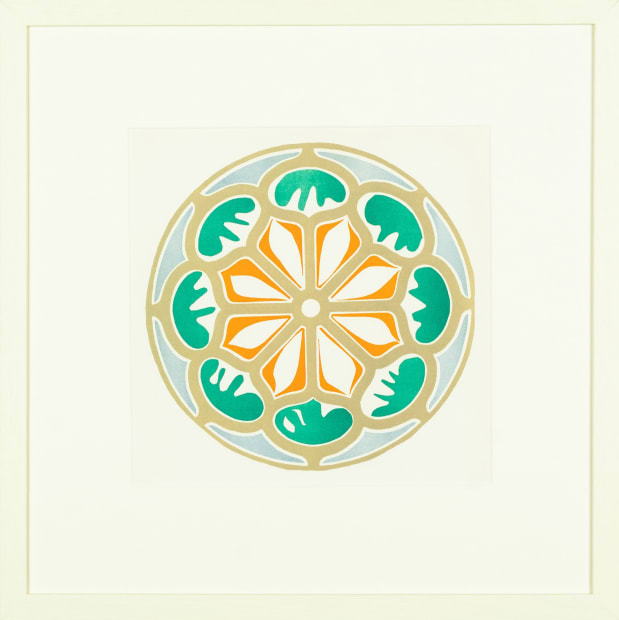-
Matisse's designs for the Chapel of the Rosary in Vence are some of the greatest glories of 20th century art. Built and decorated between 1947 and 1951, the project included three sets of stained glass windows, upon which Matisse lavished great care. The artist's cut-out technique was perfectly suited to the design of these windows, and in the years to come his experience in Vence would filter into other projects for stained glass.
-
'The maquette for a stained-glass window and the window itself are like a musical score and its performance by an orchestra.' - Matisse
-
‘Those are stained glass colours. I cut the gouached paper as one cuts glass; it is just that, there, the colours are arranged to reflect light, whereas for the stained-glass they must be arranged so that the light comes through them’
These projects each involved the creation of a cut-out as a maquette for the finished window, several of which were also immortalised as lithographs in the rare and sought-after survey Dernières Oeuvres de Matisse, published in 1958. These lithographs were printed by the acclaimed Atelier Mourlot and were a true labour of love. Matisse accorded his paintings and cut-outs equal status. The lithographs based on them reflect this high esteem.
-
-

-

-
Subscribe to receive our weekly newsletter.
Be the first to know about new artwork, exhibitions, events and offers.
* denotes required fields
Sign up now to get exclusive early access to new inventory before it hits our website. As a subscriber, you'll also receive advance notice about upcoming art fairs, events, and special offers. You can read our privacy policy here.







